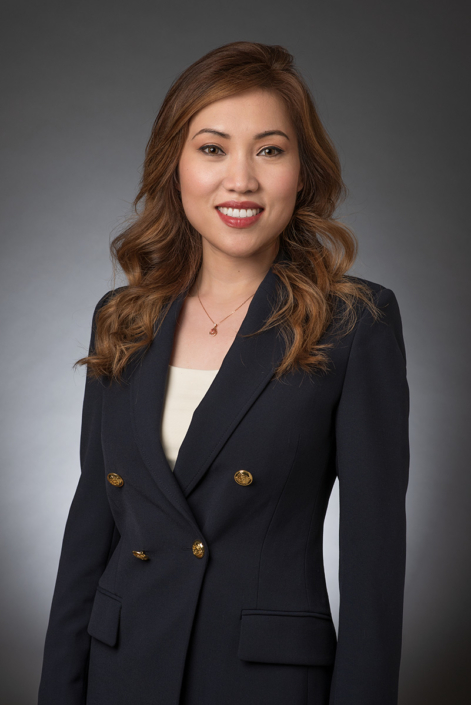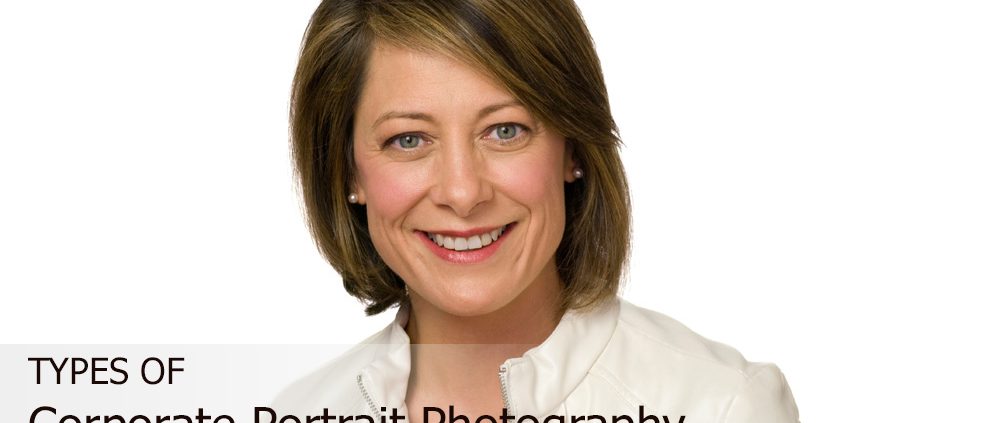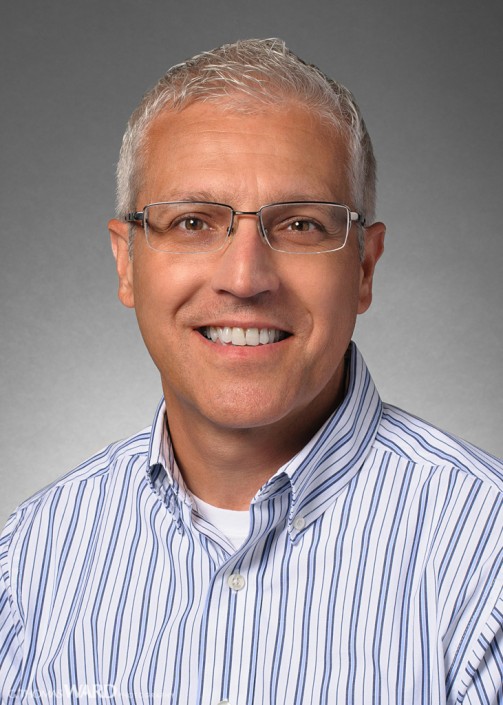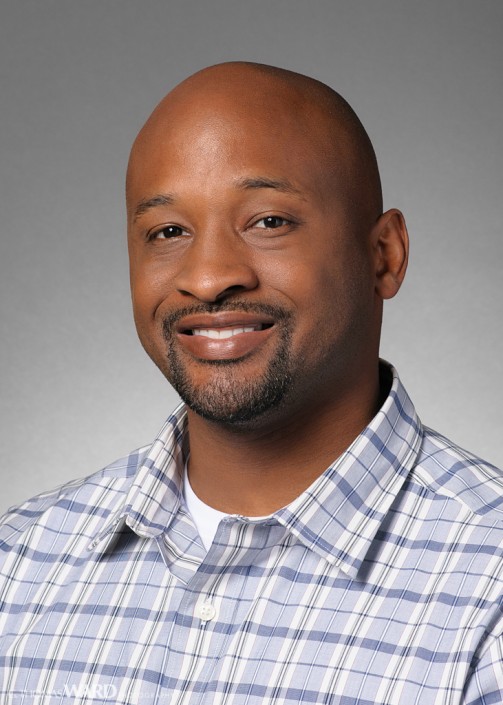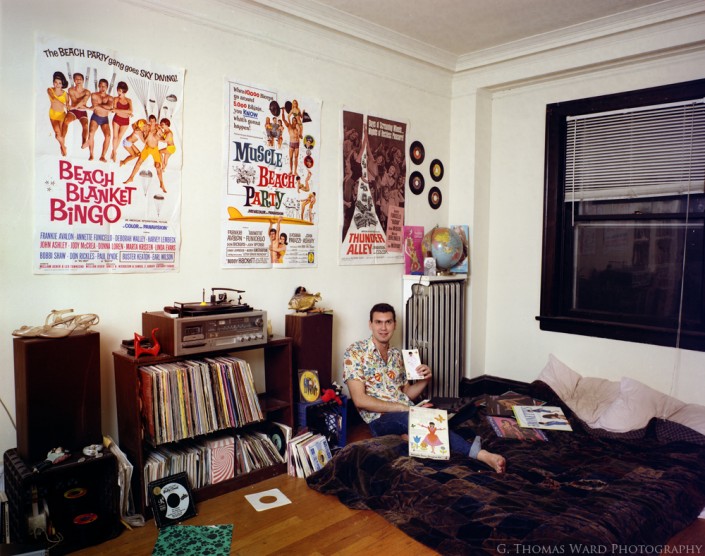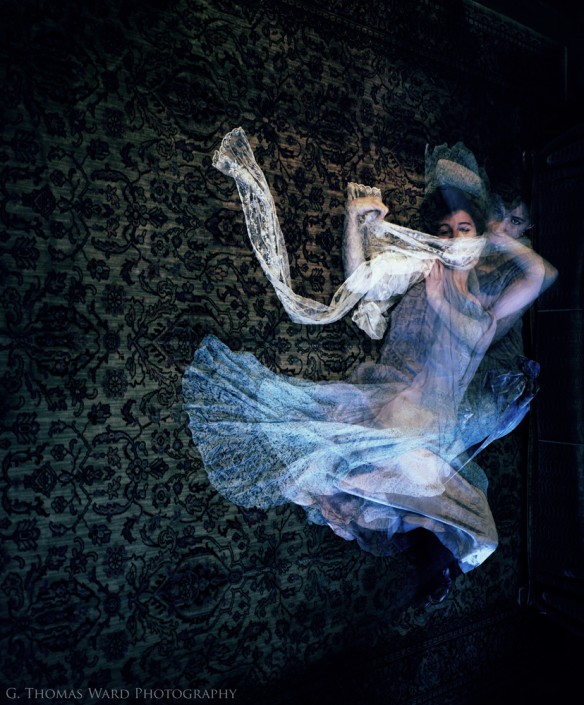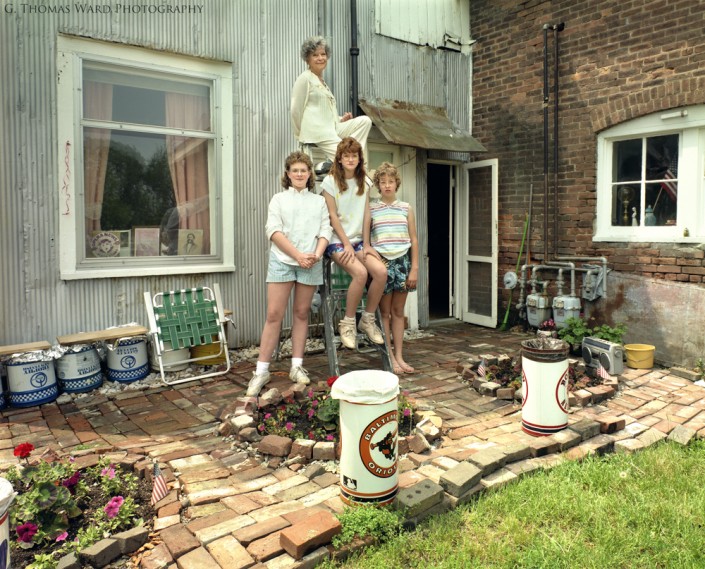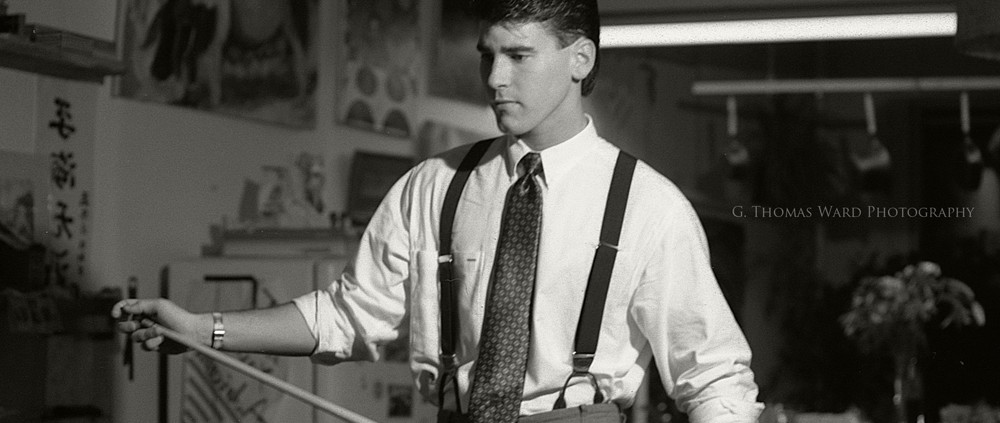Initial Contact
Recently I had the opportunity to work with IZALE Financial Group to do their corporate portraits and headshots. IZALE mainly works with another photographer (Mark Weeks) who is based in England, but it was decided to find a photographer in Chicago so as to be more cost effective than flying him in from England. Mark was in charge of choosing a local Chicago photographer. He contacted me and said he really liked my website and photography. He described the job to me and asked me if I was interested, which, of course I was!
Hired By A Photographer
I actually find it to be kind of an honor to be chosen by another photographer! This differs from most jobs where I’m contacted directly by the client. Since IZALE primarily works with Mark, the style, background and lighting of the images were all determined in advance. Mark forwarded his style and lighting notes to me. And I set about matching them as closely as possible. It was an unusual way of working for me, but I was reminded of back when I was in art school taking drawing classes. One of our assignments was to copy another artist’s style. Sometimes we get “stuck in a rut” shooting things in a style we are used to, which we know works, so, it was a great exercise to work with another photographer, match their style and see what I could learn from him. Mark and his production team were great to work with and communicated clearly.
Day of Headshot Session
On the day of the shoot, I arrived at the location (The Hotel Wit) and set up my equipment in one of their ballrooms. I met the President and CEO of IZALE and I photographed him first. In total, I photographed 8 people. We achieved a beautiful result and everyone looked great and full of personality.
Overall, it was a great experience working and collaborating with Mark and his team and meeting and photographing the team at IZALE. Much thanks and gratitude to everyone involved! Check out the results of our corporate headshot session below.



